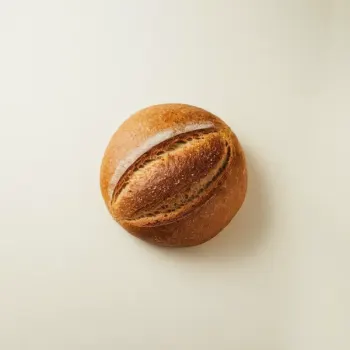


Buns
Whole wheat bread in bun form, typically used for burgers or sandwiches.
Rolls
Small, individual servings of whole wheat bread, perfect for dinner rolls or small sandwiches.
Sliced
Pre-sliced whole wheat bread, convenient for immediate use in sandwiches, toast, or other recipes.
Baguette
A long, thin loaf of whole wheat bread, often used for sandwiches or served alongside meals.
Croutons
Whole wheat bread that has been cut into small cubes and toasted or baked until crispy, commonly used in salads or soups.
Whole Loaf
Whole wheat bread in its most common form, a whole loaf. Ideal for slicing to desired thickness for sandwiches, toast, or other dishes.
Breadcrumbs
Whole wheat bread that has been dried and ground into small crumbs, used for breading or as a topping in various recipes.




buns: Rudi's Organic Bakery
rolls: Nature's Own
baguette: La Brea Bakery
croutons: New York Bakery
whole loaf: Dave's Killer Bread
breadcrumbs: Progresso
sliced bread: Arnold

Baking: Whole wheat bread can be used in baked dishes like bread pudding or strata. Because of its denseness, it may need to soak in the liquid ingredients for a bit longer than white bread before baking.
Grilling: Whole wheat bread can be grilled to create a smoky flavor and a crispy texture. Brush both sides of the bread with oil or melted butter, then grill over medium heat until grill marks appear.
Toasting: Toasting whole wheat bread can enhance its natural nutty flavor and add a satisfying crunch. Simply place the bread in a toaster or under a broiler until it reaches your desired level of toastiness.



